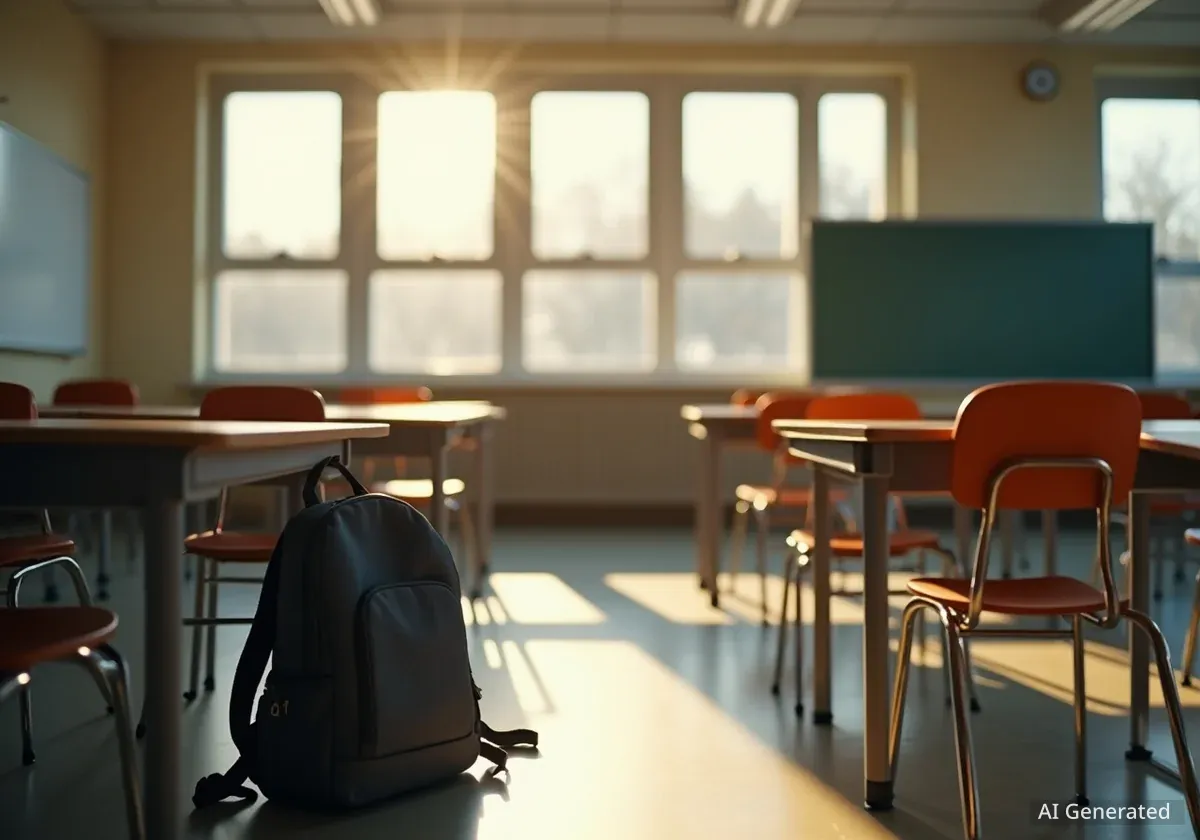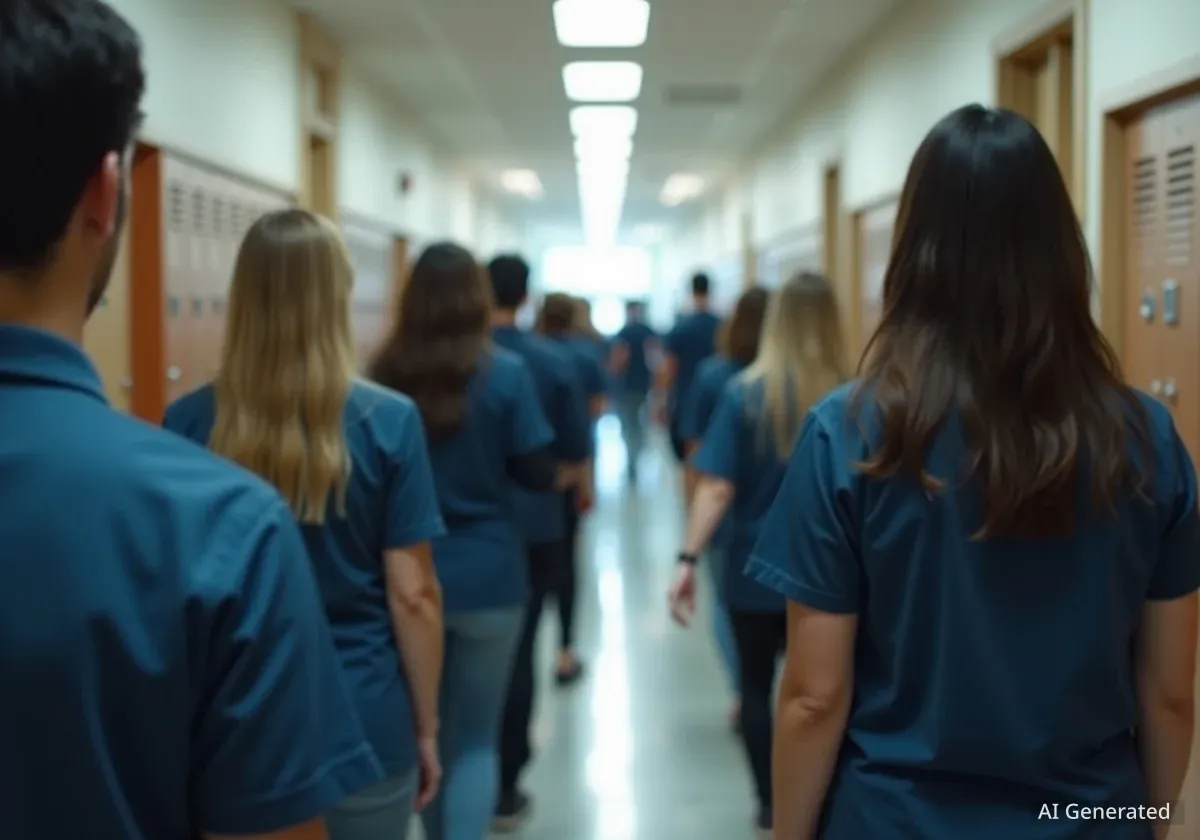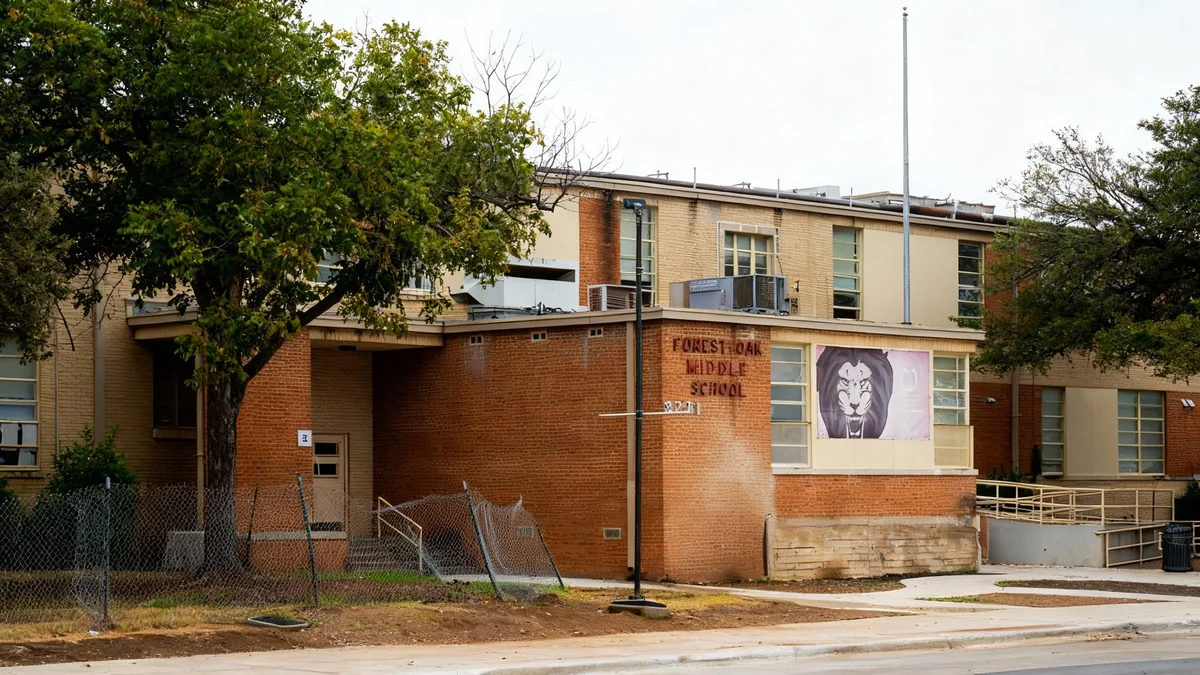Arizona's State Superintendent of Public Instruction, Tom Horne, has described student absenteeism in the state as a "catastrophic" issue following a new report. The data, published by the Helios Education Foundation, reveals that 37% of high school students in Arizona were chronically absent during the 2023-2024 school year.
Chronic absenteeism is defined by the Arizona Department of Education as missing 18 or more days in a school year, which is equivalent to approximately 10% of instructional time. While the current figures are an improvement from a peak of 42% during the 2021-2022 school year, education officials remain concerned about the high rates.
Key Takeaways
- A new report from the Helios Education Foundation found a 37% chronic absenteeism rate among Arizona high school students.
- The rate for students in grades 1-8 was 28.1% statewide.
- State Superintendent Tom Horne called the figures "catastrophic," warning of long-term consequences for students.
- The Dysart Unified School District was highlighted for its significantly lower rates, with 8.69% for high schools.
- Dysart's policy involves grade repetition for younger students and loss of course credit for high schoolers with excessive absences.
Statewide Data Reveals Widespread Absences
The recent report from the Helios Education Foundation, a nonprofit organization focused on education, provides a detailed look at student attendance across Arizona. The findings show a significant challenge for the state's education system. For grades 9 through 12, more than one in three students were chronically absent.
The problem is also present in lower grades, with the chronic absenteeism rate for students in grades 1 through 8 standing at 28.1%. State Superintendent Tom Horne expressed serious concern over these numbers.
"We cannot teach students who are not in school," Horne stated. "The high school student who misses more than one third of his classes is facing a bleak future."
This high level of absenteeism poses a direct threat to academic achievement and future opportunities for a large segment of Arizona's student population. The data indicates that despite some progress since the pandemic-era peak, getting students back into the classroom consistently remains a major hurdle.
Defining Chronic Absenteeism
In Arizona, a student is considered chronically absent if they miss 10% or more of the school year. This typically translates to nine absences in a single semester or a total of 18 absences over the entire academic year. This metric includes both excused and unexcused absences.
Dysart District Shows a Path Forward
Amid the concerning statewide statistics, Superintendent Horne pointed to the Dysart Unified School District as a model of success in addressing the issue. The district, which serves about 24,000 students in the northwest Phoenix metropolitan area, has achieved dramatically lower absenteeism rates compared to state averages.
The contrast in the data is stark. While the state's high schools have a 37% chronic absenteeism rate, Dysart's rate is just 8.69%. Similarly, for grades 1 through 8, Dysart's rate is 9%, compared to the statewide average of 28.1%.
Absenteeism Rates: Dysart vs. Arizona
- Grades 9-12 (High School):
- Dysart District: 8.69%
- Arizona Statewide: 37%
- Grades 1-8 (Elementary/Middle):
- Dysart District: 9%
- Arizona Statewide: 28.1%
The Dysart Attendance Policy
The success in the Dysart district is attributed to a strict and clear attendance policy that establishes direct academic consequences for excessive absences. The policy operates on two levels depending on the student's grade.
For students up to the eighth grade, missing 18 days of school in a single year results in the student being required to repeat that grade. This policy emphasizes the importance of consistent attendance for foundational learning.
For high school students, the consequences are tied to course credit. A student who accumulates nine absences in a semester for a particular course will not receive credit for that course. This directly links attendance to academic progression and graduation requirements.
A Return to Stricter Standards
Superintendent Horne endorsed the Dysart approach, suggesting it represents a return to policies that were more common in the past. He connected the current attendance crisis to what he described as an increasingly permissive culture.
"The Dysart method is successful and makes sense. It is what schools mostly did in the past before our culture got so much more permissive," Horne said. "Academic loss is the price we have paid for that permissiveness. The result for some students has been catastrophic."
Horne's comments suggest a belief that reintroducing firm consequences for absenteeism is a necessary step to improve student outcomes. The data from the Dysart district provides a compelling case study for other districts in Arizona and across the country that are grappling with similar attendance challenges.
As education leaders seek solutions, the focus is shifting towards policies that not only encourage but also enforce regular school attendance as a fundamental component of a student's education. The full report by the Helios Education Foundation is available on their official website for further review.





